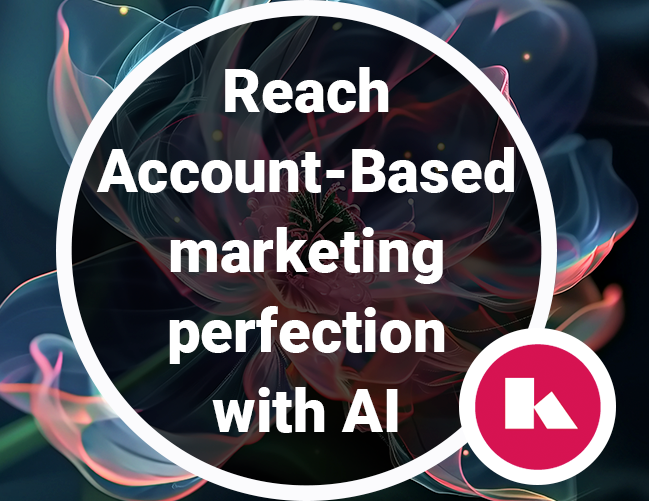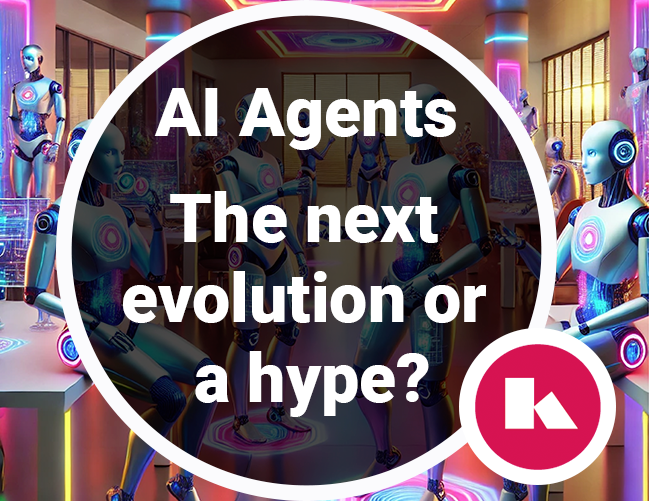Many businesses start to create an overload of dashboards as their go-to solution for managing data. While dashboards may seem like the ultimate tool for monitoring business performance, their widespread adoption has revealed a glaring truth: they often fail to in understanding and thus deliver meaningful insights. Dependence on dashboards alone frequently results in drowning in data and a severe shortage of actionable intelligence.
The Dashboards Dilemma
Dashboards, although visually appealing and offering real-time updates on key metrics, often fall short in providing deeper insights into the underlying significance of those metrics. The interpretation of complex graphs can be challenging, leading to a lack of comprehensive understanding among users.
Additionally, extended use of dashboards may lead to users developing habitual responses to the data, relying more on routine than critical analysis. As a result, significant events or anomalies may go unnoticed amidst the abundance of data displayed on the dashboard.
Enhanced Insights: A Deeper Dive
That’s why just having static reports and real-time dashboards isn’t enough anymore. To really make the most of the data we have, we need to go further and create enhanced insights. Enhanced insights mean getting a deeper understanding from the data we have.
This means using more advanced ways to analyse the data, collecting more detailed information, or just understanding the data better. It’s all about getting a better picture of what’s going on, so we can make smarter decisions and plan better for the future.
Think of it like flipping the dashboard upside down:
Instead of just seeing the data, users get advice on what actions to take based on that data, and they can choose whether to follow it or dig deeper into the data first.
By going beyond just looking at the surface, businesses can find really important insights that help them make better decisions and plan ahead more effectively.
Meaning of Enhanced Insights
Enhanced insights involve leveraging advanced analysis techniques, such as predictive modeling and machine learning algorithms, to extract deeper understanding and knowledge from data.
Enhanced insights enable organizations to move beyond surface-level observations and uncover valuable insights that can drive informed decision-making and strategic planning.
Enhanced insights empower proactive analytics, allowing organizations to anticipate future trends, identify outliers, and respond swiftly to emerging opportunities or threats in their business environment.
Implementing Enhanced Insights in AI Solutions
For AI-driven solutions, enhanced insights are indispensable. By harnessing AI algorithms, businesses can find hidden patterns and trends within their data, facilitating more accurate predictions and informed decision-making. As one customer stated, “I have enough dashboards, but what do they mean and what should I do? Please give me that information directly.” Enhanced insights bridge this gap, providing actionable intelligence that drives tangible results.
Here are five tips for effectively implementing enhanced data analysis in AI solutions:
Define Clear Objectives
Begin by clearly outlining the objectives and goals of your AI solution. Understand the specific insights or outcomes you aim to achieve through enhanced data analysis. This clarity will guide your data collection and analysis efforts towards actionable results.
Identify Relevant Data Sources
Identify and gather relevant data sources that will provide valuable insights for your AI solution. Consider both structured and unstructured data sources, ensuring they align with your defined objectives. This may include customer data, transaction records, sensor data, or social media interactions.
Utilize Advanced Analytics Techniques</span
Leverage advanced analytics techniques, such as machine learning algorithms and predictive modeling, to extract insights from the data. These techniques can help uncover hidden patterns, trends, and correlations that traditional analysis methods may overlook. Experiment with different algorithms to find the most suitable ones for your specific use case.
Incorporate Human Expertise
Human expertise is essential for interpreting the insights generated by AI algorithms. Incorporate domain knowledge and expertise into the analysis process to validate and contextualize the findings. Subject matter experts can provide valuable insights that enhance the accuracy and relevance of the analysis results.
Iterate and Refine
Data analysis is an iterative process. Continuously evaluate and refine your AI solution based on feedback and new insights gained from enhanced data analysis. This may involve adjusting algorithms, refining data preprocessing techniques, or incorporating additional data sources. By iterating on your solution, you can ensure it remains relevant and effective in addressing evolving business needs.
In Conclusion
As we navigate the era of big data and AI, it’s imperative to evolve our approach to data analysis. Rather than relying solely on dashboards, businesses must embrace enhanced insights to unlock the full potential of their data. By doing so, they can gain a deeper understanding of their operations, make smarter decisions, and stay ahead of the competition in today’s ever-changing marketplace.
Recent Posts

Reach Account-Based Marketing perfection with AI
While Account-Based Marketing (ABM) may appear to be a natural evolution of targeted marketing, there’s much more...

AI Agents, the logical evolution that is hyped
Agents are the latest buzzword in AI, often positioned as the next evolution beyond Generative AI (GenAI). The concept...

Kentivo Group acquires Media Digitaal B.V. (MDInfo)
The Kentivo Group of companies is delighted to announce the acquisition of MediaDigitaal B.V. in Amsterdam, The...
